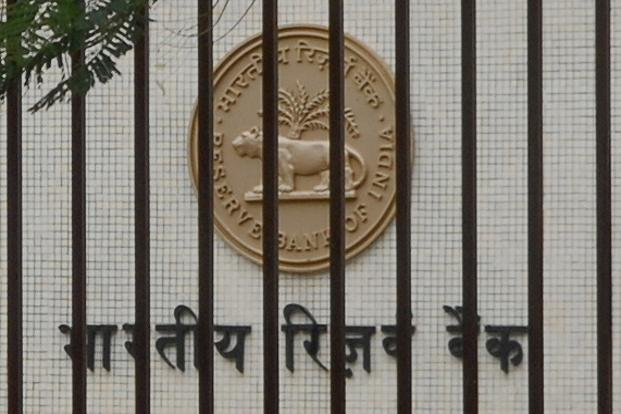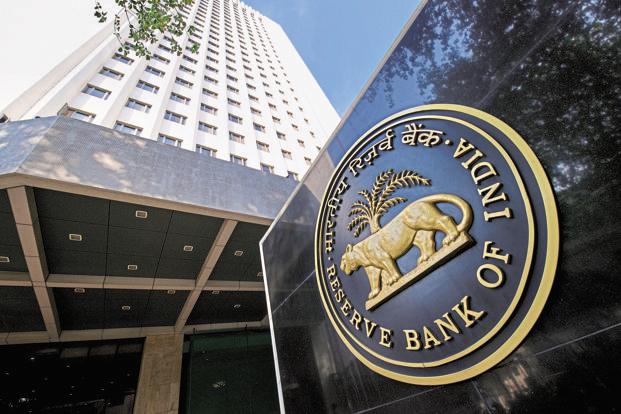At least a dozen Indian companies have been working overtime on their strategies to enter the banking sector which Reserve Bank of India (RBI) is opening up for private entities after a gap of a decade. In the first round, 10 private banks were given licences in 1993-94 and another two were allowed entry in 2003-04 but never ever was an industrial house allowed to start a bank. In fact, India nationalized its banking industry, run by industrial houses, in two phases in 1969 and 1980.
The government wants more banks to expand banking services in Asia’s third largest economy, where around 40% of the adult population does not have access to such facilities. While many private companies and public sector undertakings are busy drawing up plans and banking consultants and head hunters are skipping their breakfasts and lunches daily to grab more business, there are Cassandras who have started predicting that RBI will develop cold feet and delay the process of granting licences. There has also been talk of corporate houses wooing political parties with the usual items of persuasion to influence the decision of who gets a banking licence.
Indeed, RBI should be extremely careful about the selection process, but nobody would say we don’t need more banks. Apart from expanding, new entrants will intensify competition and benefit consumers. In fact, banking and insurance are a unique space where the entry of new players actually strengthened the incumbents and benefited both the industry as well as consumers unlike many other pockets of the Indian economy where competition decimated existing players.
For instance, let’s take a look at the automobile market. Maruti Udyog Ltd, a child of economic liberalization, was the first to challenge the duopoly of Hindustan Motors Ltd and Premier Auto Ltd, and later many others joined with newer products and marketing strategies to bury the home grown duo. In the past decade, car sales have catapulted from 900,000 in 2003-04 to 2.6 million in 2012-13 and the number of car makers has increased from two to 21. Today, Hindustan Motors and Premier together have less than 1% market share.
The scene is no different in aviation. India’s oldest airline Air India reported the biggest loss among public sector undertakings in 2011-12. It now claims a 20.30% market share in domestic passengers behind IndiGo, Jet Airways Ltd and SpiceJet Ltd. Until 1995, it had been the Maharaja of the airline business.
It’s no different in the telecom or consumer finance businesses. Before the entry of private players, Bharat Sanchar Nigam Ltd (BSNL) and Mahanagar Telephone Nigam Ltd (MTNL) ruled the roost, the second in New Delhi and Mumbai and the first everywhere else.
Private sector participation in the Indian telecom sector has been a gradual process with the government first allowing private entities to provide paging and mobile services, followed by fixed-line or basic services. The number of telephone subscribers in India in January was 893.15 million with 862.62 million of them mobile users. Private operators hold 87.78% of the wireless market share and BSNL and MTNL the rest. However, BSNL and MTNL have a 79.34% share of the fixed-line market but the subscriber base in this segment was just 30.53 million in January.
Finally, until the late 1990s the consumer durables market in India—televisions, refrigerators, washing machines, air-conditioners—was dominated by Indian brands such as Videocon, Godrej, Kelvinator, Onida, BPL and Voltas, among others, and transnationals only had a marginal presence. Today, Samsung, LG, Sony, Whirlpool collectively have at least 60% of market share and many local brands have died.
This has not happened in the insurance and banking sector. Life Insurance Corp. of India, the state-run insurance giant, continues to garner about 72% of new business premium every year in a market inhabited by 22 private players, 13 years after the sector had opened up.
The pack of state-run banks—which now constitute about 70% of India’s Rs.75 trillion banking industry—has indeed lost their market share to new-generation private banks but none of them have been killed and the loss in market share is not dramatic by any yardstick despite the fact that they are run by highly unionised employees who are not paid well and till recently they were not technologically well equipped. The private banks’ entry has made them more aggressive in product innovation and customer retention by improving services.
Instead of meekly surrendering to the technology-savvy modern banks, India’s state-run banks learnt from them and got better. The key reason behind their resilience and never-say-die spirit is the government’s decision to list them on bourses simultaneously when it opened up the sector for private players. The government never sold its stake in these banks directly. Instead, the banks raised money from the public, expanded their equity base, and, in the process, the government’s stake was pared. That has been a gradual process, giving time to the public sector banks to prepare themselves to face a new constituency, investors, by caring more for their consumers and focusing on profitability instead of balance sheet expansion.
A set of new banks will strengthen and expand the industry and add to the resilience of the state-run banks, besides deepening the government bond market. Competition can bring down the bond yield too, benefiting the government, which is grappling with high fiscal deficit. More importantly, competition will benefit the consumers. Let many new banks come up, even if a few of them die.



